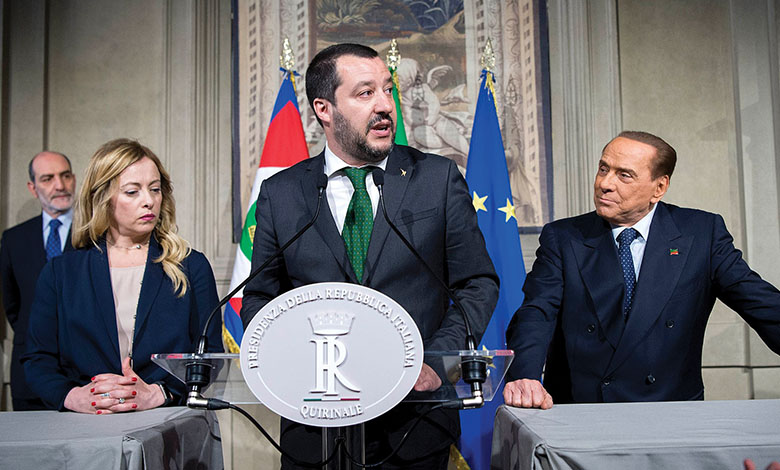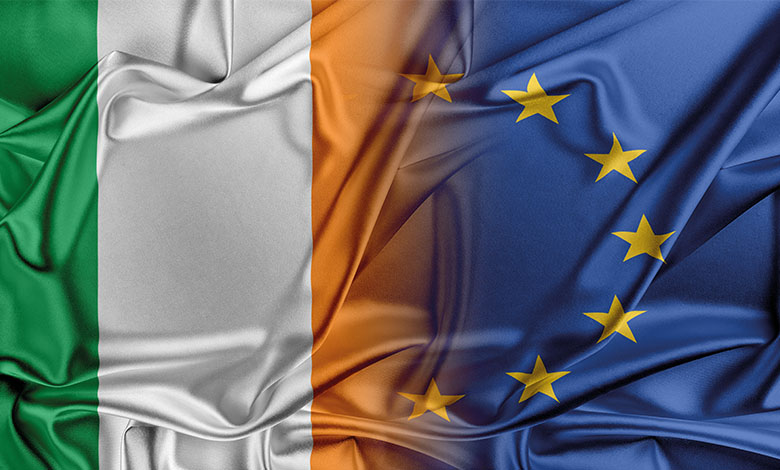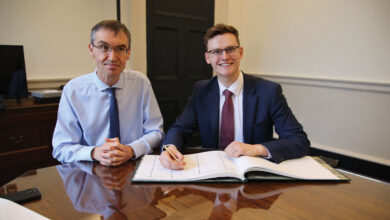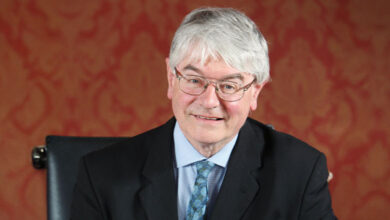European elections 2024: What to expect

The years since Covid have seen a resurgence of the centre, but the polls for the European elections set to take place in June 2024 may spell an end to this and see a resurgent far-right presence, which may be strong enough to hold the balance of power in the next European Parliament, writes Joshua Murray.
2016 is remembered as a year of backlash against mainstream centrist politics which saw the British people vote to leave the European Union, and the election of far-right populist Donald Trump as the American President.
Trump has since been defenestrated from the American presidency, and in Britain a Blairite-style Labour leader in Keir Starmer looks set to emerge as the next UK Prime Minister, but 2024 looks almost certain to result in a European far-right being as strong as it has collectively been since the 1940s.
Currently, liberals, Christian democrats, and social democrats hold a firm grip of support in the European Parliament, and these kinds of politics have formed the backbone of nearly all European democracies since the collapse of communist systems in central and eastern Europe in the late ‘80s and early ‘90s.
However, if polling trends translate into reality, then there may be a strong populist and/or far-right contingent to be sent to the European Parliament from some of the EU’s most important member states, including Germany, France, Italy, and, among others, the Netherlands.
This is backed by a report from the European Council on Foreign Relations (ECFR), which states that the upcoming elections will see a major shift to the right in “many countries,” with populist and far-right parties to gain votes and seats across the EU, and centre-left and green parties “losing votes and seats”.
Looking at polling, ECFR predicts that far-right and populist right parties will poll in first place in Austria, Belgium, the Czech Republic, France, Hungary, Italy, the Netherlands, Poland, and Slovakia.
The aggregate polling further predicts that in a further nine countries (Bulgaria, Estonia, Finland, Germany, Latvia, Portugal, Romania, Spain, and Sweden), far-right parties will poll in either second or third place.
Indeed, recent years have seen elections in the Netherlands and Italy which culminated in far-right parties gaining a plurality of votes and emerging as unambiguous winners among their countries’ electorate, with Giorgia Meloni of the Brothers of Italy party now the Italian Prime Minister, and self-proclaimed Islamophobe Geert Wilders’s victory in the Dutch election leaving the Netherlands without a government more than three months after polls closed.
The ECFR report predicts that there may be a European Commission formed which requires the support of a broad right coalition which encompasses Christian democrats, conservatives, and radical and far-right parties, in a system which will likely mirror the Government of Italy, which is a coalition between the Brothers of Italy (a far-right party led by Meloni, a former supporter of Italian fascist dictator Benito Mussolini), the Lega Nord (a right-wing, anti-immigration populist party) and Forza Italia (a centre-right party which was led by the recently deceased former Italian prime minister Silvio Berlusconi).
Speaking to eolas Magazine, European Commission decision-makers, including Antoine Oger of the Institute for European Environmental Policy, have already said that there is a need for green energy policies to be able to survive a swing to the right in the upcoming elections as they predict a near wipeout of European green parties and a collapse in public support for the green agenda.
What will happen in Ireland?
Ireland has yet to see the emergence of right-wing populism in its political system – although Peter Casey’s vote in the 2018 presidential election could be perceived as a warning shot of what is to come with immigration policy coming increasingly to the fore as a topic of discussion in Irish politics.
However, Ireland has consistently had unique, broad, anti-establishment political waves in the form of support for rural independents, the Workers’ Party, the Labour Party at a number of occasions, and even the Progressive Democrats in the 1980s. This phenomenon is currently manifesting itself, in an unprecedented scale and manifestly on the left, with a projected significant swing to come to Sinn Féin.
Sinn Féin won only one seat in the last European election (as well as another seat in the North which was abolished after Brexit), and opinion polls project that the left-wing republicans could win up to four of the State’s 14 MEP seats being contested in June. Likely to suffer from this is the Green Party which – as part of an EU-wide green swing – came joint second with Fianna Fáil and won two MEP seats.
Independent MEP Clare Daly is likely to face a significant fight for her re-election, with Labour Party TD Aodhán Ó Ríordáin and People Before Profit TD Bríd Smith having both been encouraged by an opinion poll showing them within touching distance of gaining the final seat up for grabs in the Dublin constituency.
For the Government parties, it will be a case of hoping to consolidate, although how Fine Gael will fare is more open to question, with incumbent MEP and former Tánaiste Frances Fitzgerald and Deirdre Clune MEP both having announced that they will not seek re-election.

Ireland in Europe
Ireland will have 14 seats in the next European Parliament, the most it has had since 1999.
This will be the first time voters in the North do not elect MEPs since European elections were first held in 1979.
Ireland makes up 3.2 per cent of the EU’s GDP in spite of its population only comprising 1 per cent of the EU total.
When Ireland joined the EU in 1973, 24 per cent of Irish workers were employed in agriculture, a figure which has dropped to just 4 per cent.





